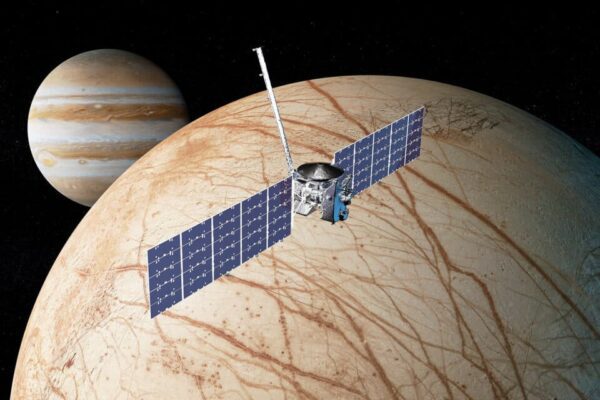Space Exploration: Impacts on Life on Earth
Hi, I’m Marley, the astronomer here at the Space Centre. For the next two months, we at the Space Centre are going to be focusing on space exploration. For this blog, I wanted to take a look at how space exploration can have direct impacts on human life on Earth.
Currently, the most anticipated human exploration mission is the Artemis Program. Right now, NASA is planning to put people on the lunar surface no earlier than December 2026. The technologies being developed for that program are already being used here on Earth. One example is ‘Space Switch’, created by DornerWorks Ltd. It is a switch for an Ethernet cable, like the one you use in your homes, that is able to handle all the data that will pass through the Orion computer systems, and the conditions of outer space. The technology that went into this switch is now being used by those making self-driving cars, because lots of data has to be moved very quickly.
Even the telescope that has allowed us to see starlight from early galaxies has had impacts on life here on Earth. The mirrors on the James Webb Space Telescope had to be ground and polished to precise measurements in order for the observatory to work as designed. But, engineers had to make sure that the mirrors would be the correct shape after they cooled down in the vacuum of space, and that the curve of one mirror matched the next. An entire new system had to be developed to accomplish this, and some of that technology is now used in LASIK surgery. With this technology, surgeons can now make more than 1,200 measurements of the eye for vision correction.
While our ventures into space often develop technology that ends up helping us on Earth, sometimes when we go to space we turn our technologies Earth-ward. One such mission is the Multi-Angle Imager for Aerosols (MAIA) instrument, which will be provided by NASA onboard a spacecraft from the Italian Space Agency. MAIA marks the first time that NASA will partner with epidemiologists and health organizations on a satellite mission that will study the effects of air pollution on human health. This mission will hopefully launch before the end of 2024.
Another 2024 mission to watch for is Europa Clipper. This NASA mission to explore Jupiter’s icy moon Europa is set to launch sometime in October. The spacecraft will arrive at Jupiter in 2030, with the first science campaign on Europa starting in 2031. The main goal of the Europa Clipper mission is to determine whether there are places below the surface of the moon that could support life. Onboard are several instruments that will help scientists determine the composition and thickness of the icy shell, as well as how the surface and the ocean interact. We can anticipate learning a lot about this moon, but in what ways could the technology developed be used on Earth? We will have to wait and see.
In the meantime, check out some of the activities below.

Astronomer’s playlist
Time
Activity
15 mins
Search for Spinoffs
In this game, you can search for NASA spinoffs in the garage. How many can you find?
60 mins
Build Your Own Europa Clipper Model!
In this activity, you can build your own Europa Clipper paper model. Which science instrument interests you the most?
–
Exploring Earth: Map of our Planet
If you want to learn more about our Earth, check out this website from the Canadian Space Agency. Using photos taken by CSA astronauts David Saint-Jacques and Dr. Roberta Bondar.
Ask yourself: What aspect of our Earth do you think MAIA will provide information on?
–
NASA Spinoff!
Many different technologies you may use in your day to day life come from, or are inspired by, work done by NASA scientists. Check out the NASA Spinoff homepage to learn more, or check out where spinoffs can be found in your home or city.
Ask yourself: Can you think of a Canadian robotic system that may have created a spinoff technology?


